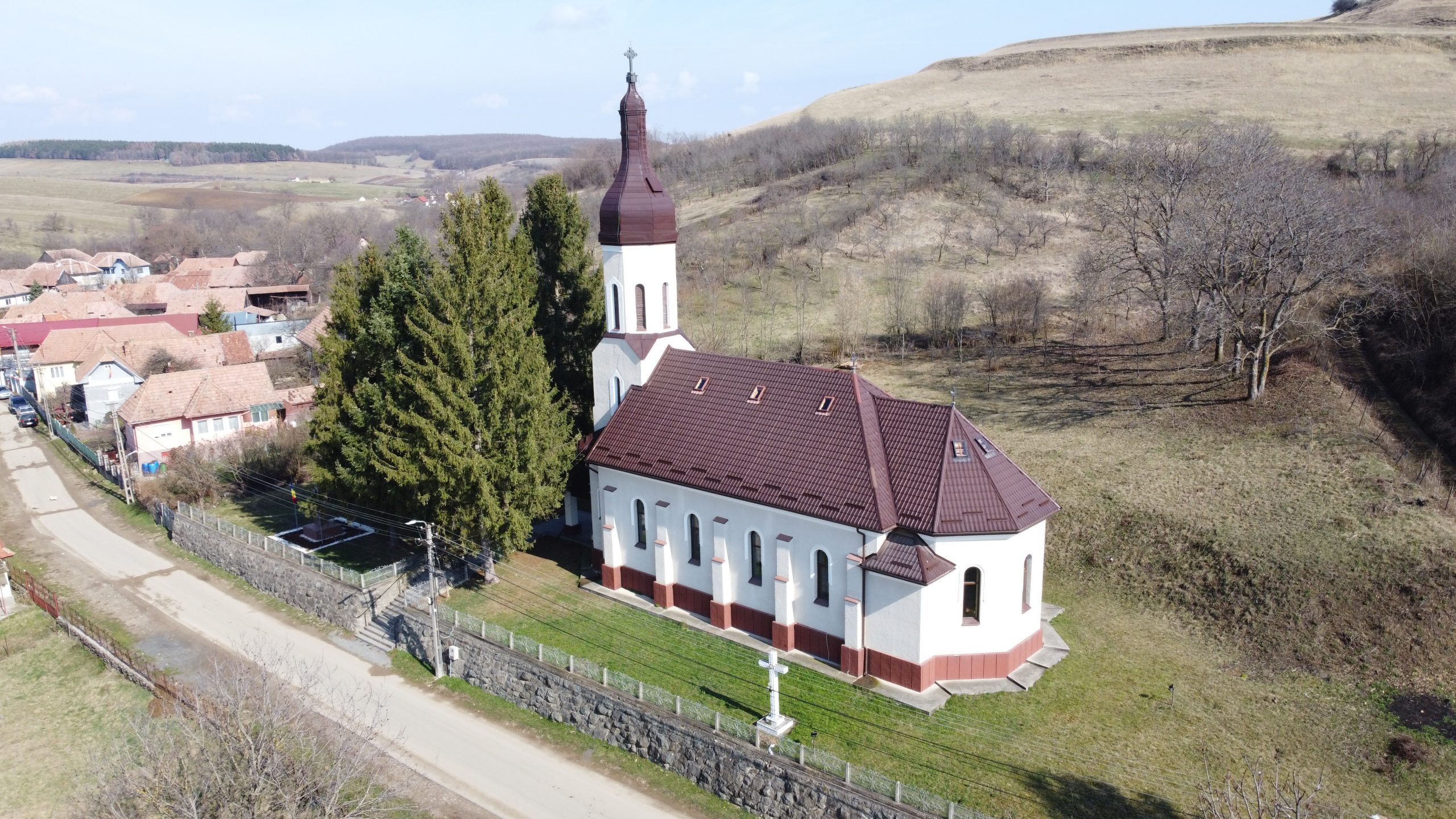In 1760 the name of the settlement first appears as “Ola Leta”, and later it is referred to as Oláh Léta, Oláhléta, Románléta. In Romanian, it is mentioned in 1839 as Lyyta-rumunyeászka, in 1857 as Lita Romanescă, in 1882 as Lita Romînă, in 1909 as Lita-română, and since 1925 it is mentioned in documents as Lita only.
The first wooden church of the village was built on the cemetery hill in 1585. It served the community for almost 220 years. In 1804, the village community built another, larger wooden church to replace it. Construction of the present stone church in the village began in 1931 and lasted for several decades. The first consecration of the church took place on the third of July 1977. After later repair and renovation works, the church was reconsecrated on 19 August 1990 and again on 20 October 2013. The former wooden church of the village was demolished and sold to the inhabitants of nearby Crăiești in 1946. The rebuilt wooden church in the village, which stands next to the Hășdate stream, still stands today.
The Heroes’ Cross was erected in 1990 on the 697-metre-high Coasta Mare hill overlooking the village. The metal structure, nine metres high and four metres wide, commemorates the heroes who died here during the Second World War and are buried nearby. In 1977, the population was 575 Romanians, in 1992, 333, all of Romanian nationality, in 2002, 350 (338 Romanians, 4 Hungarians, 8 Romani), in 2011, 297 (285 Romanians, 4 Hungarians) and in 2021, 287 (246 Romanians, 5 Hungarians). In 2021, 236 of its inhabitants were Orthodox, four Pentecostal.
Around 80 percent of the roads in the village are paved, and the drinking water and sewage networks are being built.
- UAT Săvădisla
- 581
- Main Street, No. 35, Săvădisla Commune, 407505, Cluj County
- +40 264 374 275
- +40 264 374 275
- primsav@yahoo.com



